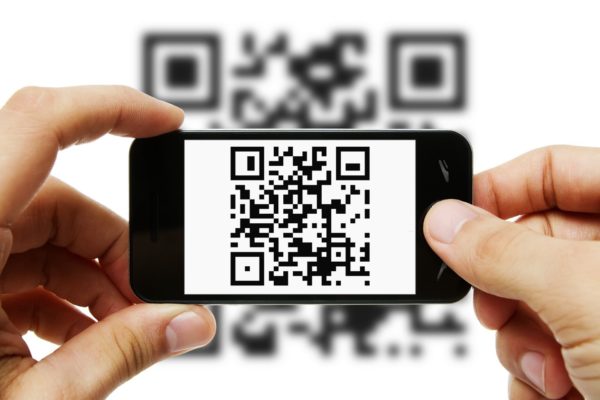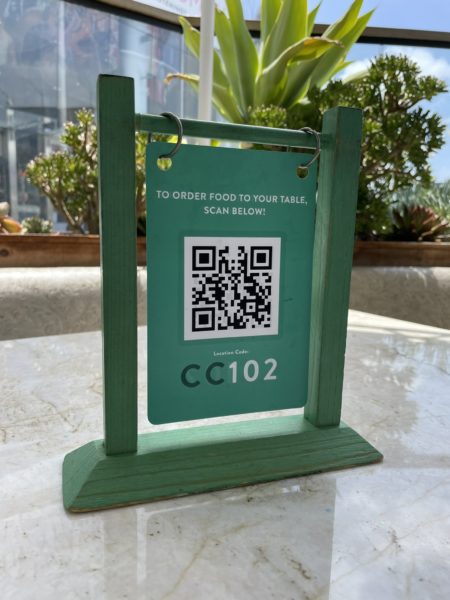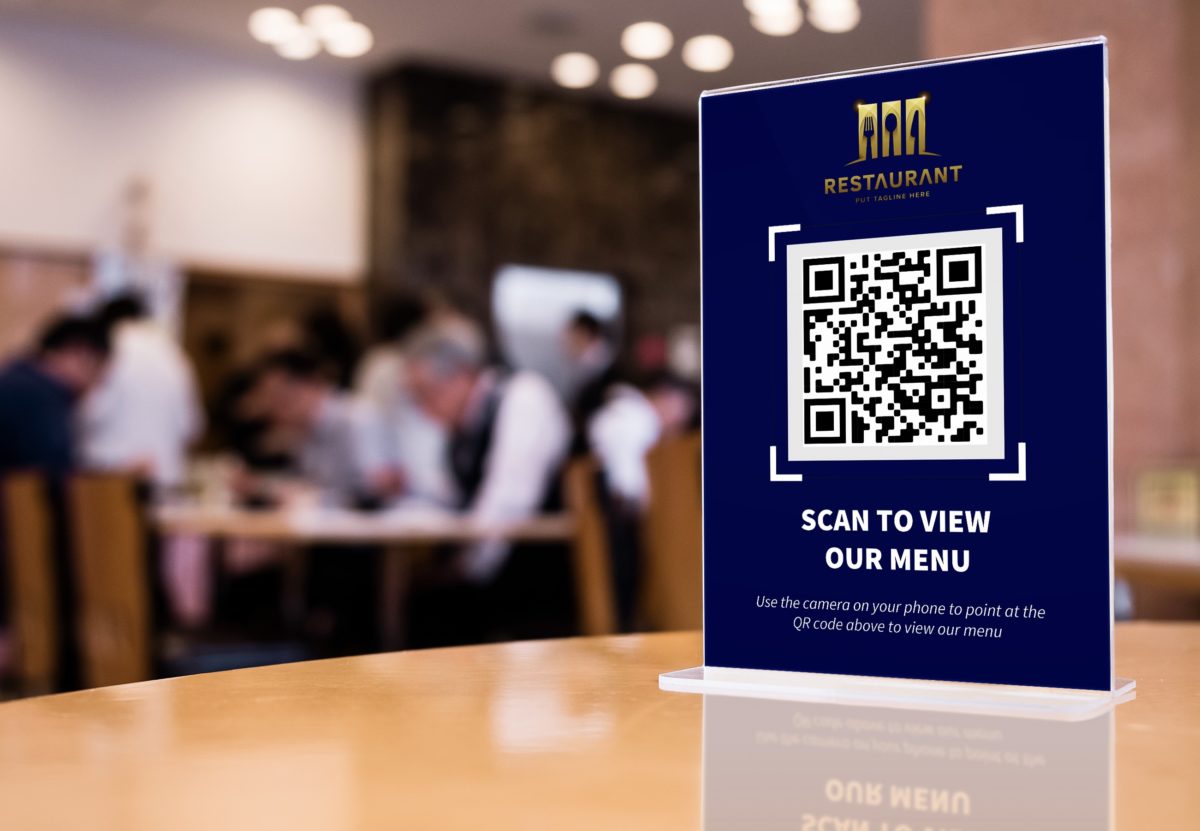There aren’t many features of the dining experience during the Covid Era that are worth keeping. Getting zapped in the forehead with an infrared thermometer isn’t exactly the warmest welcome, and it’s hard to imagine anyone missing plexiglass table dividers when they’re gone. The restaurant industry has had to be nimble in developing creative workarounds to operate more efficiently, improve sanitation, and restore public trust. We all yearn for the day when masking and social distancing are no longer necessary. Simply seeing our server’s face again feels unimaginable right now.
A common thread among the fortunate restaurants that have survived the pandemic is how they’ve leveraged technology to adapt their businesses. Obsolete POS systems with antiquated software proved ill-equipped to handle the challenges of pivoting to take-out food and delivery services, so many restaurant owners were forced to modernize. The now ubiquitous QR Code menu is one innovation that’s gained traction during the pandemic, despite the fact that cellphone use in the dining room is considered loathsome behavior by most industry professionals.
It’s become increasingly difficult to fend off the encroachment of technology in the dining room, especially when mobile devices have become portals for sharing the euphoria an amazing meal. Adopting QR Code technology was borne out of the need to minimize points of contact and provide a more sanitary alternative to physical menus, but it has shown to have benefits far beyond its original use case.
Despite so many restaurants going out of business, it’s been a time of unprecedented growth for many tech companies that offer more customizable solutions. Upstarts overtook market leaders—newcomers like Tock, recently acquired by Squarespace for $400 million, and Resy, which American Express took over last year.
The restaurant industry may never be the same again, but investments it’s made in technology during the pandemic will have a lasting impact. QR Codes are already proving useful in initiating fast and efficient mobile payments without the need for handling a guest’s credit card. Here are the most important reasons why restaurants should stay paperless going forward:
Digital menus dramatically reduce waste – Paper, especially the quality used in nice restaurants, is expensive. It’s often custom-ordered and sourced from a single vendor. Soiled paper menus cannot be reused, so they often become disposable even when they aren’t designed to be. Any minor printing mistakes—like incorrect fonts or typos—or last minute changes like 86-ed items require reprinting, which results in stacks of unused, newly-printed menus often ending up in the garbage without ever having been used.

No more printer problems – There are few things that cause restaurant managers more grief than printers. Most high-volume restaurants lease commercial-quality copy machine/printer hybrids that break down regularly. When repairs can’t be administered immediately, managers will often dispatch an unwitting staff member to a local Kinko’s or copy shop to make facsimiles. Canonizing QR Codes would eliminate the need for printers altogether. Managers would be able to focus on more pressing administrative issues without a gargantuan printer taking up so much space in the tiny hovel of an office that every restaurant has.
Stuffing menus is a laborious task – Detailing menus is right up there with folding napkins and making silverware rollups on the list of most dreaded sidework. Updating them is often a time-consuming daily routine. If a single ingredient on one dish changes, yesterday’s menus will be stripped and replaced with newly-printed ones. QR Code menus would dispense with all of this superfluous labor and free up the waitstaff to complain about other things.
Menu availability can be updated in real time – We’ve all had the dreaded experience where the waiter abruptly informs the table that half the menu is sold out. You had your heart set on a particular dish before the warning came, so it’s heartbreaking to find out the dish you wanted is unavailable. With QR Code menus, management can make those adjustments on the fly as they occur so that new guests should see only what’s available when they’re seated.
Multiple menus can be consolidated into one – There are cocktail menus, wine lists, dessert menus—each one requires a separate document and, of course, is also subject to change. With QR Codes, guests can access multiple menus in one interface. When the server comes over to offer more drinks, there’s no longer a need for him or her to grab the menu for you. When it’s time to discuss the desserts, you’ll already have studied the menu without needing to wait for the server to present it.

Menus can provide nutritional information and warn of food allergies – Space on printed menus is often at a premium. Chefs also don’t like to crowd the page with too much verbiage. Simple text makes the food more appealing. Any details a guest should need about the ingredients in a dish or cooking methods are typically provided by their server. Digital menus can be designed to be more interactive and to offer more comprehensive information. Selecting a particular item could reveal a list of ingredients and allergens without adding clutter.
QR Code menus are more sanitary – The pandemic has taught us all the hard lesson that restaurants can be vectors for the community spread of disease. The Coronavirus is the most extreme case in a generation, but we always risk contagion of other common illnesses like cold or flu when we dine in public spaces under normal circumstances. Any form of physical menu, no matter how clean its kept, can harbor germs. Viewing the menu on your own mobile device greatly reduces the risk of transmitting more benign antigens.
Change in the restaurants is notoriously slow. There is often an inherent charm to the ones that resist modernization. Technology hardens the personal touches that are so important to cultivating genuine hospitality. But years of underinvestment have made the industry more susceptible to bullying by delivery apps, payment processors, and third-party booking platforms. In order to operate more efficiently, the industry will need to swallow its pride and move itself into the 21st century. Think of these technological changes like anti-bodies. Over the last year, while the pandemic raged, the restaurant industry was pushed to the brink of near extinction, but what hasn’t killed it should make it stronger.


Please consider that not everyone can make used of QR code menus. First, not everyone knows how. How do I scan it and use it? Can my server maybe show me how? The first time I came across one the server didn’t even bother to try. He just grudgingly brought me a paper copy. Second, not everyone can read a menu on a phone. Small print, cutesy design, and poor organization just might make it impossible for me to get an overall idea of what is included. Not everyone has the vision or tech skills to read the menu on… Read more »
I HATE QR menus. It’s all great for restaurants but have you thought about the customer side.of.it? Shameful. Just providing even less service.
I agree, QR code menus are one of the recent innovation that’s going to stick around after the pandemic.
I wrote about exactly that in a recent post (aptly titled QR Code Menus and Other Pandemic Restaurant Changes That Will Stick)
Many people are quite used to QR code menus at this point, and I like the idea of being able to change the menu without having to use a bunch of paper printing out new physical copies. Especially if you wanted to change it up fairly often.